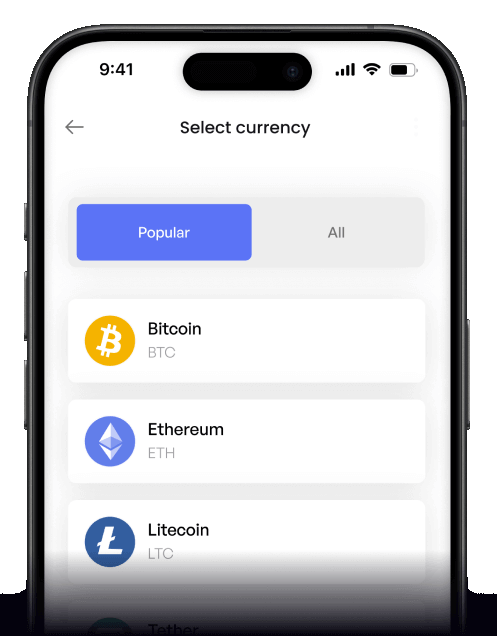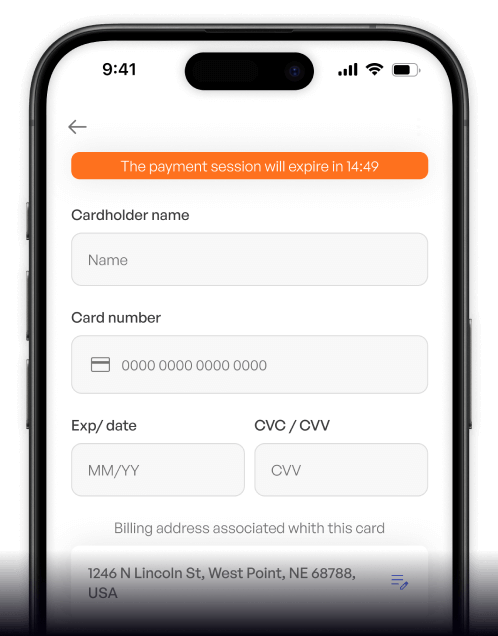Convert
Hungarian Forint (HUF) to Celsius (CEL) Instantly
Purchase Celsius (CEL) with Hungarian Forint (HUF) easily at Switchere and benefit from fast, secure transactions.
About
Celsius (CEL)
Celsius Network, with its native CEL token, emerged as a major centralized finance (CeFi) platform designed to bridge the gap between traditional banking and the world of digital assets. Its primary function was to offer users the ability to earn yield on their cryptocurrency holdings and to take out crypto-collateralized loans. The platform operated on a custodial basis, managing user funds to generate interest income through lending activities to institutional borrowers. This model positioned it as a user-friendly alternative for crypto holders seeking to put their assets to work without navigating complex DeFi protocols.
The CEL token was the core of its loyalty and rewards system. As a utility token, holding and using CEL provided tangible benefits within the Celsius ecosystem, such as preferential interest rates for both earning and borrowing. Users could receive higher yields on their deposited assets and lower rates on loans, with rewards often distributed weekly in the form of CEL. This tokenomics structure was designed to incentivize user loyalty and drive demand for the native asset. However, the platform faced significant operational challenges and market pressures, which ultimately led to a Chapter 11 bankruptcy filing, profoundly impacting its users and reshaping the narrative around risk in the CeFi lending industry.
How to Buy Celsius (CEL)
Popular Coins for Hungarian Forint (HUF)
Other Coins for Hungarian Forint (HUF)
Frequently asked questions
-
What is the most common way to acquire Celsius (CEL) using Hungarian Forint (HUF)?
A direct HUF/CEL trading pair is extremely rare. Typically, the process involves using a fiat on-ramp exchange that accepts HUF deposits, often via a local bank transfer. On this platform, you would first convert your HUF into a major cryptocurrency with high liquidity, like Bitcoin (BTC) or Ethereum (ETH). Then, you would transfer that digital asset to an exchange where the CEL token is listed and trade it for CEL. Always check the available trading pairs on each exchange. -
What was the original function of the CEL token within the Celsius Network ecosystem?
The CEL token was a utility token central to the Celsius Network, a former CeFi (Centralized Finance) platform. Its primary functions included a loyalty program where holding more CEL granted users benefits like higher yields on their deposited digital assets (the 'Earn' program) and lower interest rates on crypto-backed loans. It was designed to function as a yield-bearing asset within their closed ecosystem. -
What are the security risks to consider when trading the CEL token today?
The primary risk is counterparty and platform risk. Given that Celsius Network filed for bankruptcy, the utility and future of the CEL token are highly uncertain and tied to legal proceedings and the company's restructuring plan. Trading on centralized exchanges carries inherent risks, but for CEL, this is amplified. Storing CEL in a personal, non-custodial digital wallet (like a hardware wallet) mitigates the risk of an exchange-level failure but does not protect against the fundamental risks associated with the asset itself and its uncertain future. -
What type of digital wallet is needed to store the CEL token securely?
CEL is an ERC-20 token, which means it operates on the Ethereum blockchain. Therefore, any digital wallet that supports the Ethereum network and ERC-20 standard tokens can be used to store CEL. For maximum security, a hardware wallet (e.g., Ledger or Trezor) is recommended, as it keeps your private keys offline. Software wallets like MetaMask or Trust Wallet are also popular options, but it's crucial to follow all security best practices to protect your assets. -
Are there specific KYC/AML requirements when using HUF for a crypto purchase?
Yes, any regulated cryptocurrency exchange that serves as a fiat on-ramp for Hungarian Forint (HUF) will enforce strict KYC (Know Your Customer) and AML (Anti-Money Laundering) compliance. Users are typically required to verify their identity by submitting a government-issued ID, a proof of address, and sometimes a selfie for biometric verification before they can make a HUF deposit from a Hungarian bank account.






